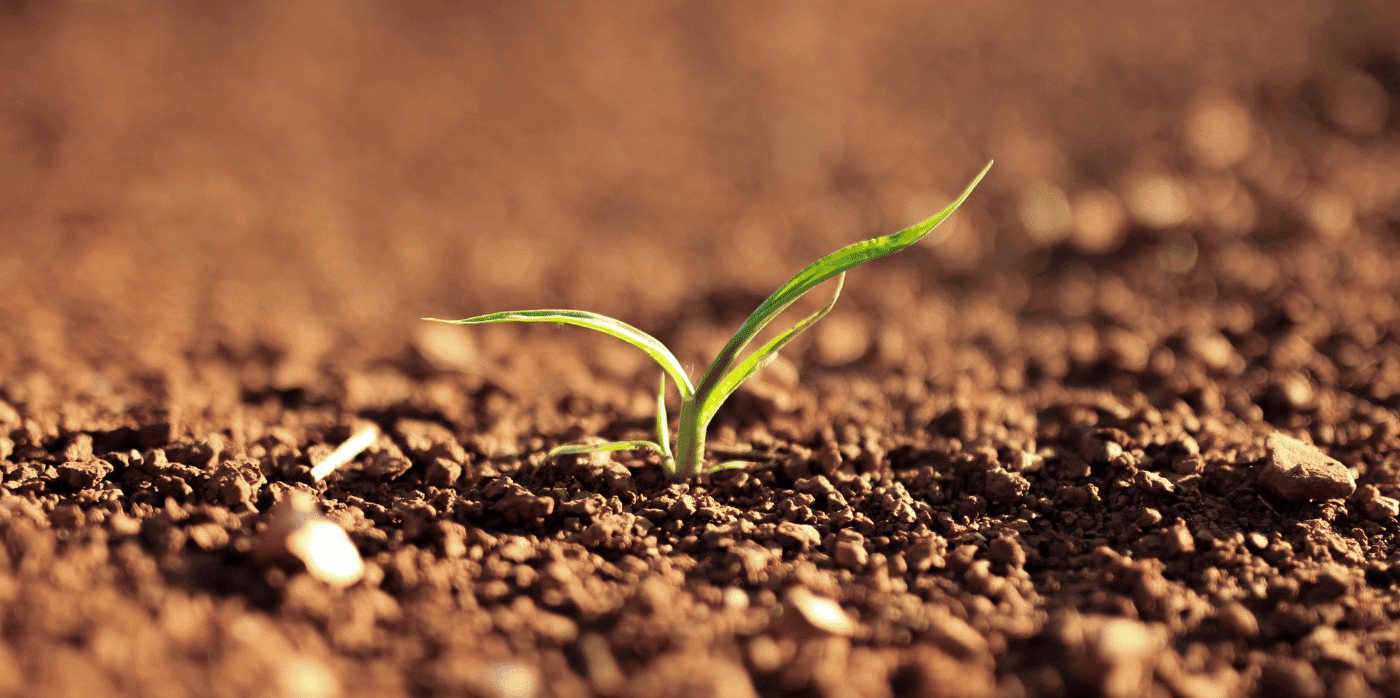Protecting nitrogen-fixing bacteria from heat and humidity

Spotted: At present, global food security relies on the use of nitrogen fertilisers, but their production and use are responsible for around five per cent of global greenhouse gas (GHG) emissions, along with pollution and soil depletion. One possible solution is to use bacteria that convert nitrogen gas to ammonia to provide the nutrients that plants need and regenerate the soil. However, these bacteria are sensitive to heat and humidity, so it’s difficult to scale up their production and use.
Now, researchers at MIT, led by Ariel Furst, the Paul M. Cook Career Development Assistant Professor of Chemical Engineering, may have a solution that could remove this limitation. They have devised a metal-organic coating that protects bacterial cells from damage without affecting their growth or function. The coating contains food-safe metal and polyphenol compounds, and can self-assemble into a protective shell.
In their study, the researchers created and tested 12 different coatings. They encapsulated a nitrogen-fixing bacterium that also protects plants against pests. All of the coatings protected the bacteria from high temperatures and humidity and improved the seed germination rate by 150 per cent compared to seeds treated with uncoated microbes.
The research received funding from a number of sources, including the Army Research Office and a National Institutes of Health New Innovator Award. Furst has also launched a company called Seia Bio to scale up and commercialise the coated bacteria.
Regenerative agriculture is gaining steam, as farmers realise that it is not only more sustainable but also less costly. Recent innovations in regenerative agriculture spotted by Springwise include a company rejuvenating exhausted soils using bacteria and solar-powered trackers that help farmers efficiently manage herd location.
Written By: Lisa Magloff



